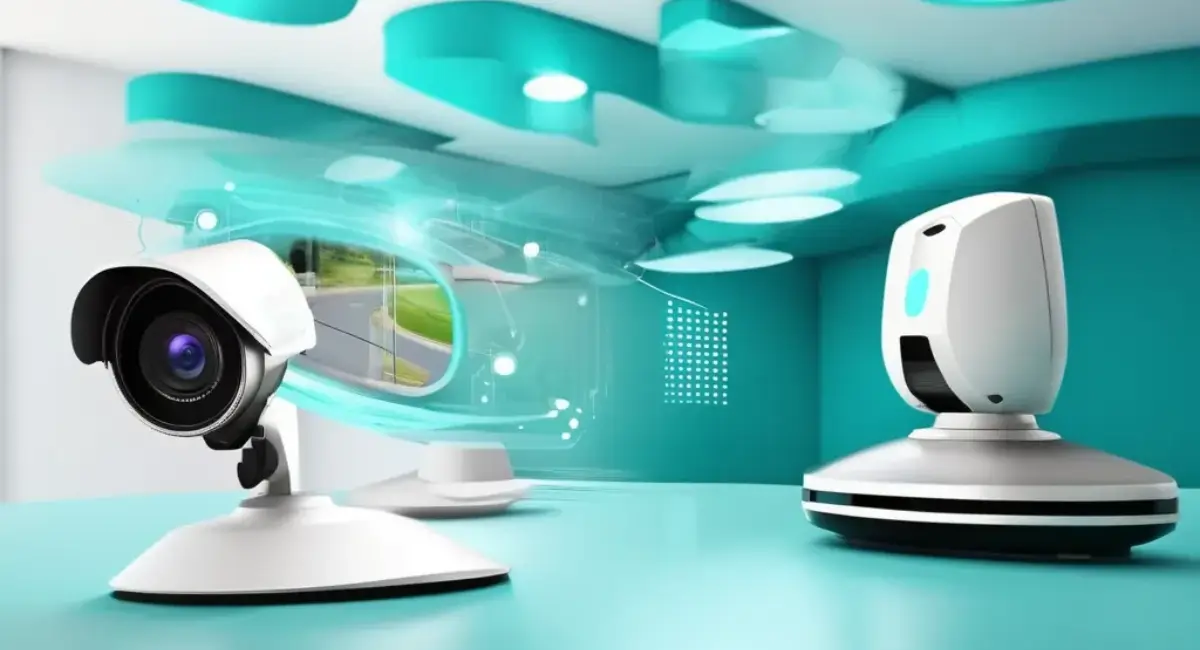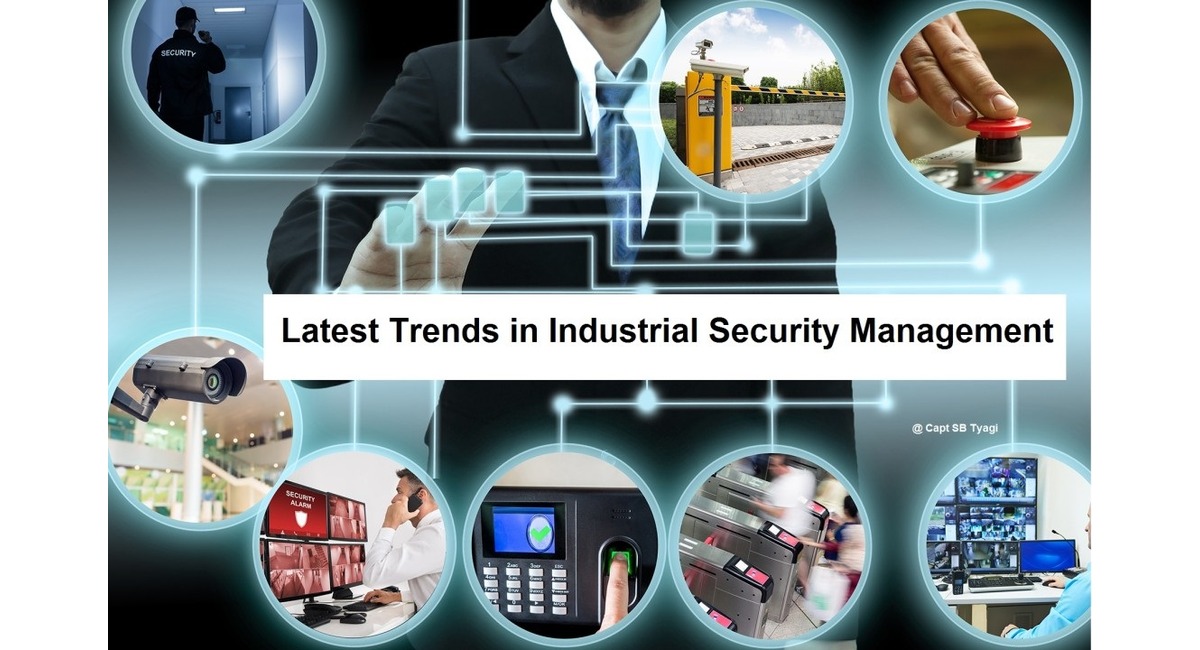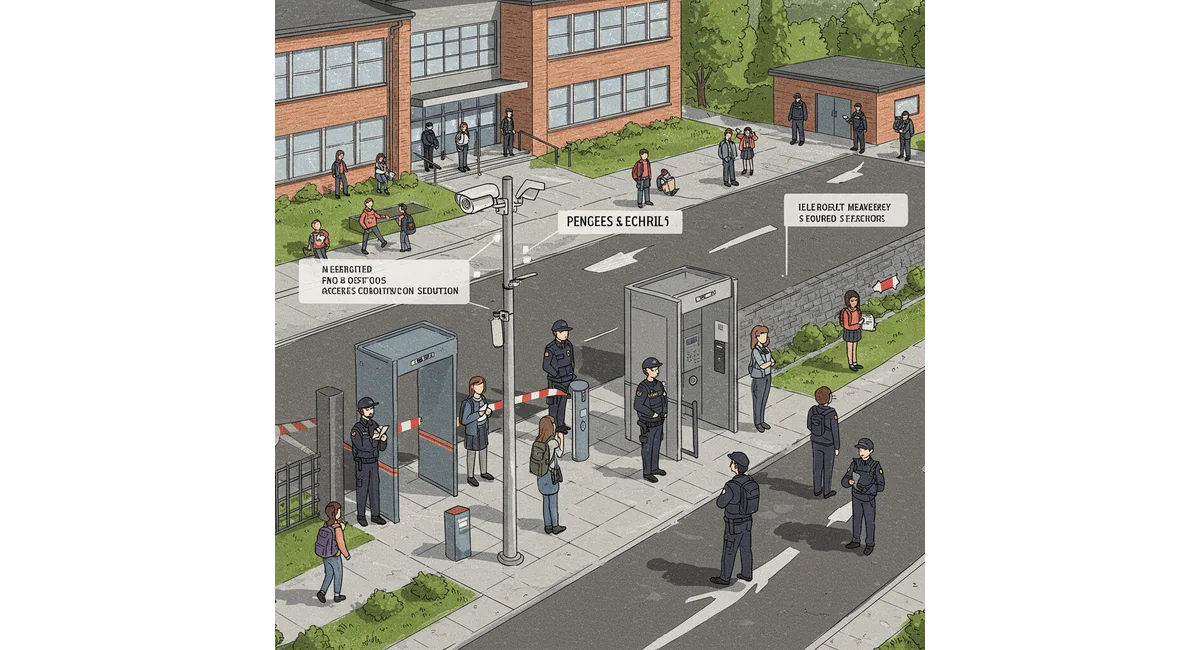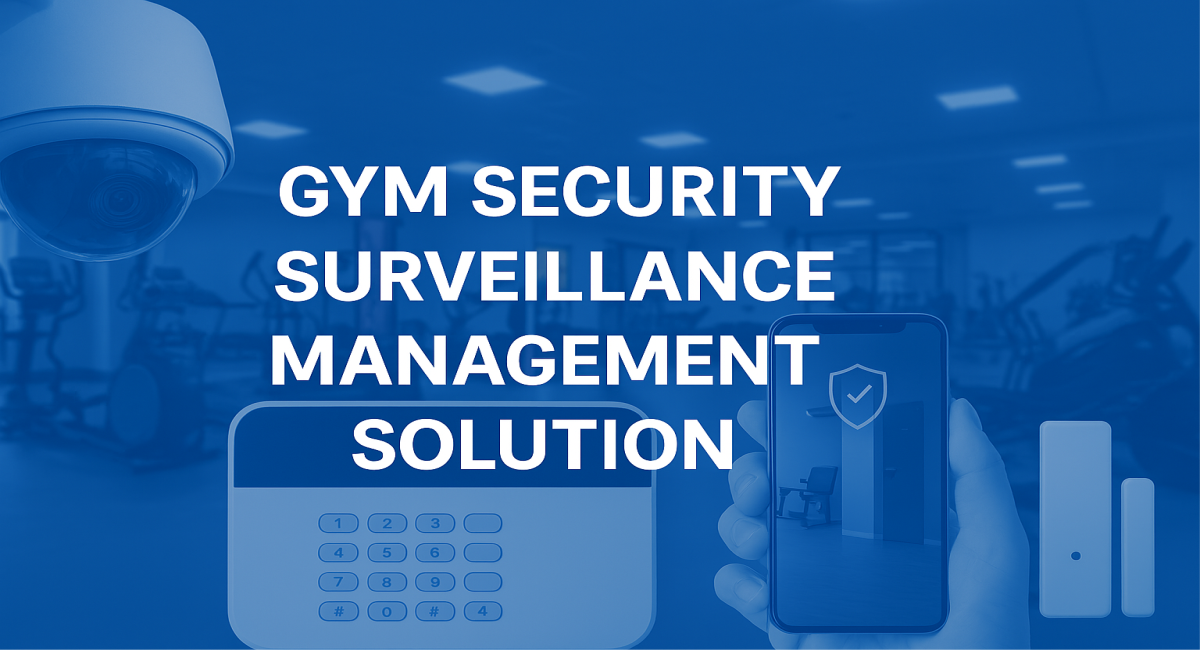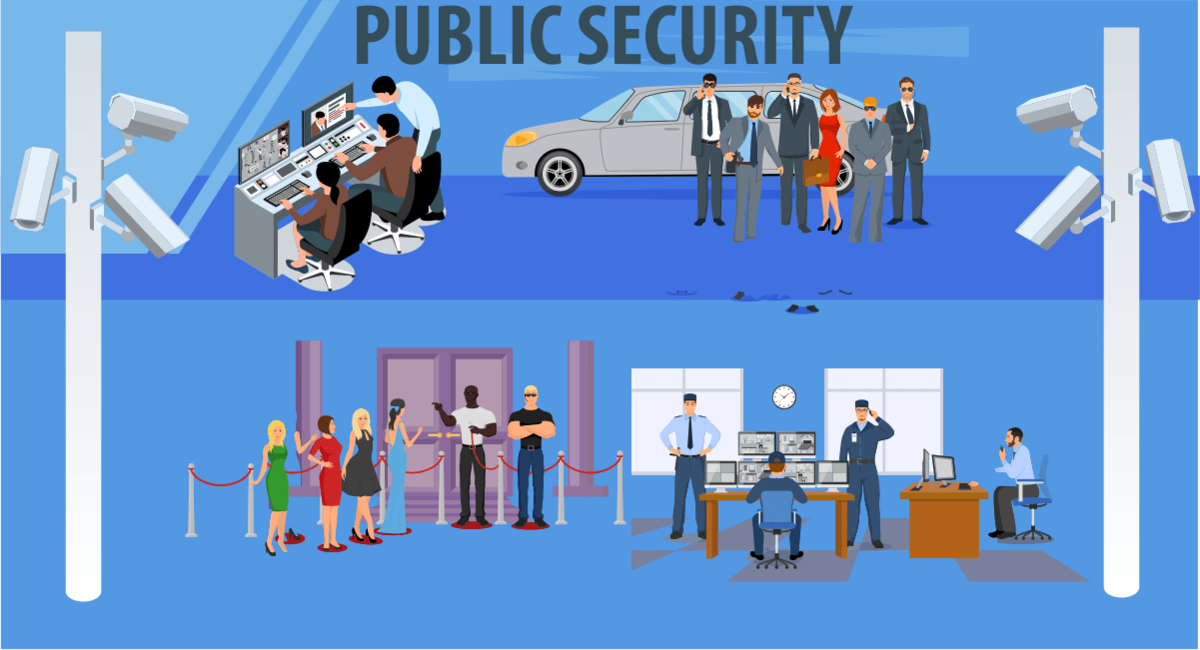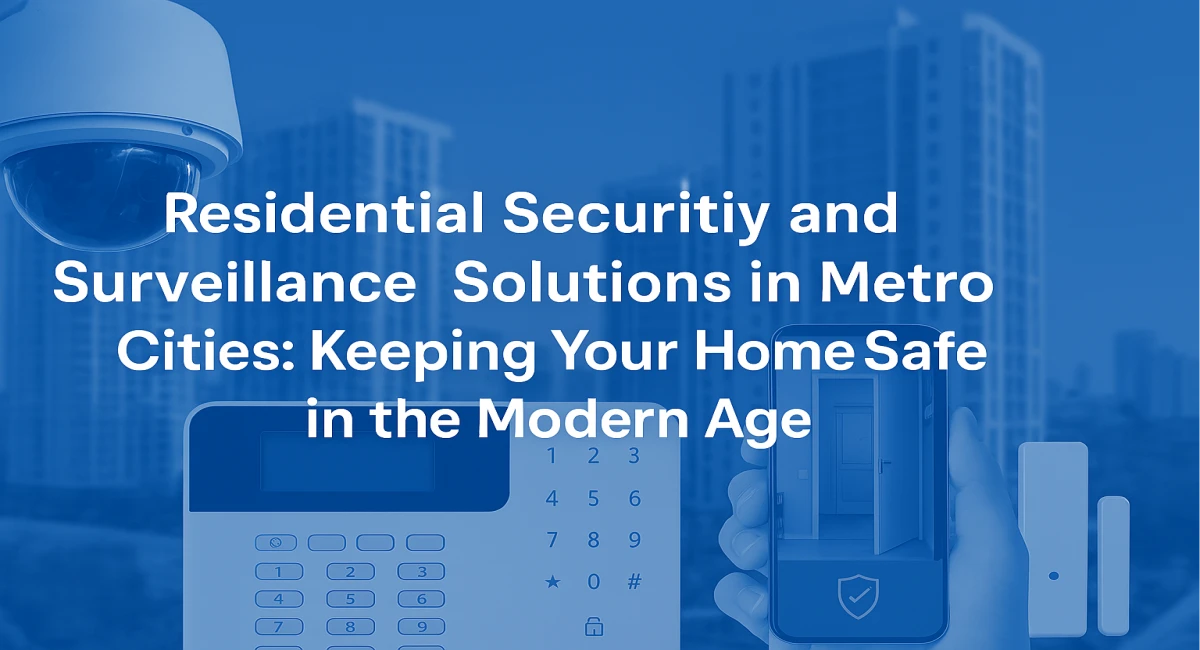The world of security has undergone tremendous changes over the last few decades, and one of the most exciting developments has been the integration of Artificial Intelligence (AI) into Closed-Circuit Television (CCTV) systems. Traditionally, CCTV cameras were used to monitor spaces manually, relying on human observers to spot suspicious activity. However, AI is reshaping this landscape by bringing automation, advanced data analysis, and real-time decision-making into the world of surveillance. In this blog, we'll dive into how AI is transforming CCTV security and the promising future it holds for both businesses and individuals.
1. Enhanced Image Recognition and Analysis
One of the most significant advancements AI brings to CCTV security is the ability to enhance image recognition and analysis. Traditional CCTV systems rely on video footage that often requires human monitoring to spot relevant events. AI-powered CCTV cameras, however, use advanced algorithms to automatically analyze footage, distinguishing between normal activities and potential security threats.
With AI’s ability to detect movement, facial recognition, and unusual behaviors, security systems can now automatically alert personnel to critical events in real-time, ensuring faster responses to incidents. For example, AI can recognize when a person enters a restricted area or if an object has been abandoned in a high-risk zone, such as an airport or shopping mall.
2. Improved Threat Detection
AI's role in enhancing threat detection is another game-changer. Surveillance systems powered by AI can detect unusual behavior patterns that might have been overlooked by human security personnel. This includes detecting aggressive movements, unattended packages, or individuals loitering for extended periods. Furthermore, AI can track the movement of people within a certain area, creating a digital trail that can help identify potential threats before they escalate.
This kind of proactive monitoring helps reduce false alarms, which is a common issue with traditional CCTV systems. By accurately distinguishing between genuine threats and harmless activities, AI-driven security systems can focus resources where they’re most needed.
3. Facial Recognition for Enhanced Security
One of the most exciting applications of AI in CCTV security is facial recognition technology. AI-powered cameras can be trained to recognize individuals by comparing their facial features against a pre-existing database. This technology allows for a variety of applications, from identifying employees to detecting criminals or individuals who are banned from certain locations.
Facial recognition adds another layer of security to access points and restricted areas, and it has proven especially useful in environments like airports, banks, and high-security buildings. By integrating this technology with cloud-based databases, AI systems can instantly cross-reference faces and verify identities in real-time.
4. Real-Time Data Processing
Unlike traditional systems that record footage for later review, AI-enabled CCTV cameras process data in real-time, enabling immediate responses to security threats. This is especially crucial in high-risk situations where the faster a response is triggered, the better the outcome. AI can trigger alerts, lock doors, or even notify security personnel in a matter of seconds, all without any manual intervention.
Real-time data processing is key for smart cities, where security needs to be both highly efficient and automated. For example, AI surveillance systems can work with other smart infrastructure, like traffic lights, to enhance public safety by managing crowds or responding to accidents in real-time.
5. Predictive Analytics for Preventive Action
AI doesn’t just react to incidents; it can predict potential risks before they happen. By analyzing historical data, AI systems can identify trends and patterns that indicate the likelihood of specific events. This predictive analysis helps organizations take preventive measures to mitigate risks before they escalate into full-blown security breaches.
For instance, AI can predict areas where criminal activities are more likely to occur based on time, location, and patterns of behavior. This allows businesses and law enforcement to allocate resources more effectively, preventing potential threats before they materialize.
6. Increased Automation and Reduced Human Error
The integration of AI into CCTV systems leads to a significant reduction in human error. Manual monitoring by human personnel is prone to mistakes, whether it's missing an important detail or being distracted. AI systems, on the other hand, don’t get tired or distracted and can operate around the clock with consistent accuracy.
This increased level of automation allows security teams to focus on other important tasks, such as responding to alerts and analyzing AI-generated reports. As AI continues to evolve, we can expect CCTV systems to become even more automated, reducing the need for constant human oversight and streamlining the security process.
7. Integration with Other Technologies
As AI technology advances, CCTV systems are becoming more integrated with other cutting-edge technologies. For example, AI-powered cameras can now work with Internet of Things (IoT) devices, sensors, and even drones to create a more comprehensive security network. When combined with smart building systems, AI surveillance can also control lighting, heating, and access to different areas, further enhancing security by automatically adjusting the environment based on detected threats.
The integration of AI with cloud-based systems allows for centralized monitoring, data storage, and remote access. This means security personnel can monitor multiple locations from a single device, increasing flexibility and control.
8. Ethical Considerations and Privacy Concerns
As AI-driven CCTV systems become more prevalent, ethical and privacy concerns must be addressed. The ability of AI to track individuals and analyze their behavior raises questions about privacy, consent, and the potential for misuse. Striking a balance between the benefits of AI in enhancing security and safeguarding personal freedoms will be crucial.
Governments and organizations are likely to implement stricter regulations and guidelines around the use of facial recognition and surveillance to protect citizens' privacy while allowing businesses to benefit from the advancements AI offers.
Conclusion: The Future of AI-Enhanced CCTV Security
AI is transforming the way we approach surveillance, making it smarter, more efficient, and more accurate. With enhanced image recognition, predictive analytics, and automation, AI-driven CCTV systems offer unparalleled security capabilities. As this technology continues to evolve, we can expect even more intelligent and intuitive systems that provide real-time protection and prevent security breaches before they occur.
However, it is important for organizations and policymakers to address privacy concerns and ensure ethical use of AI to maintain a balance between security and individual freedoms. The future of surveillance is bright, and AI is at the forefront of this revolution, reshaping the way we protect our homes, businesses, and cities.

